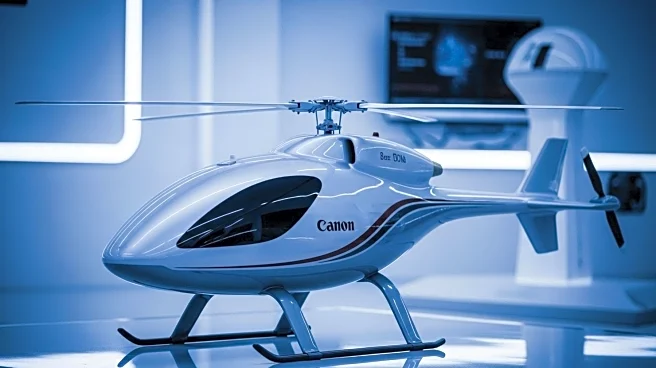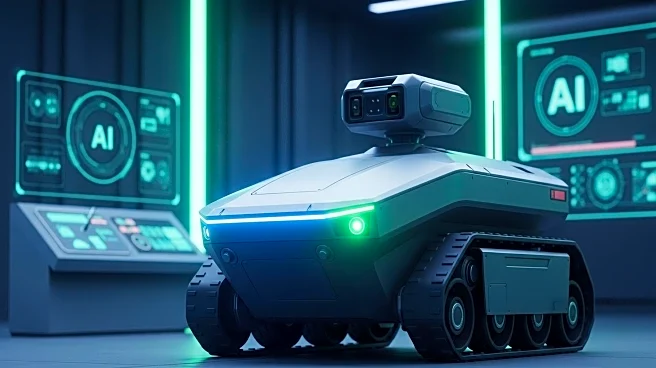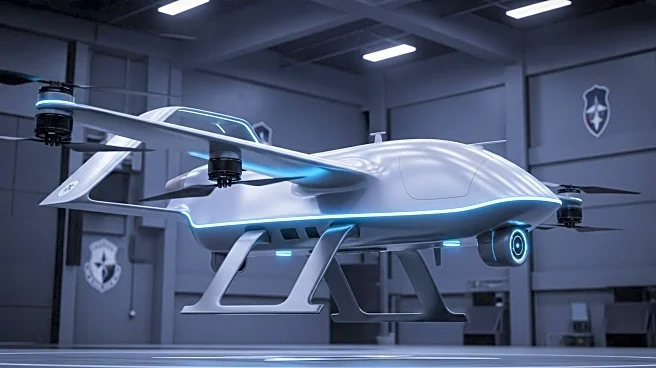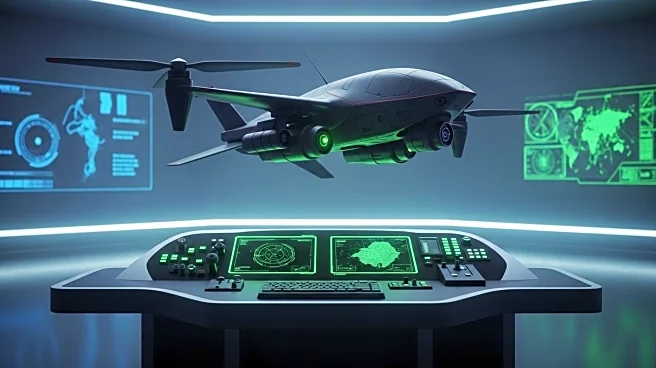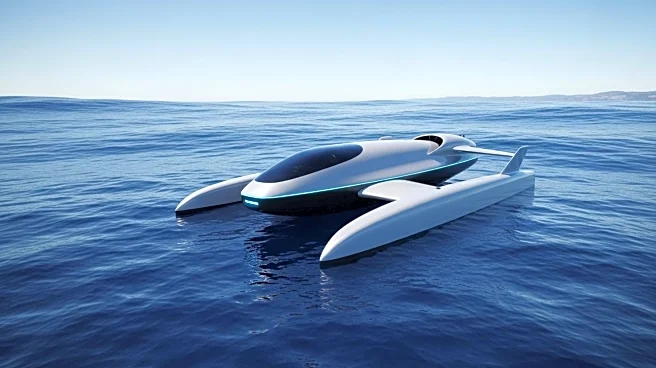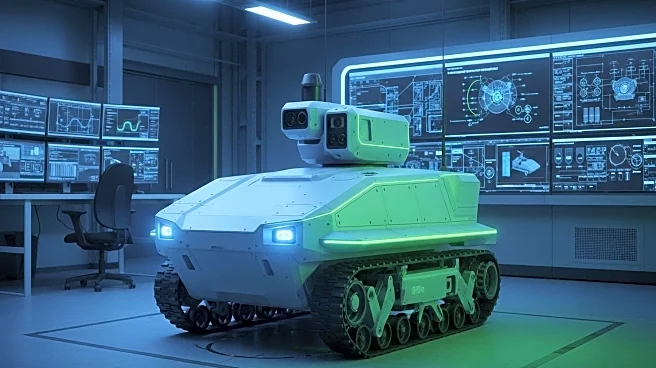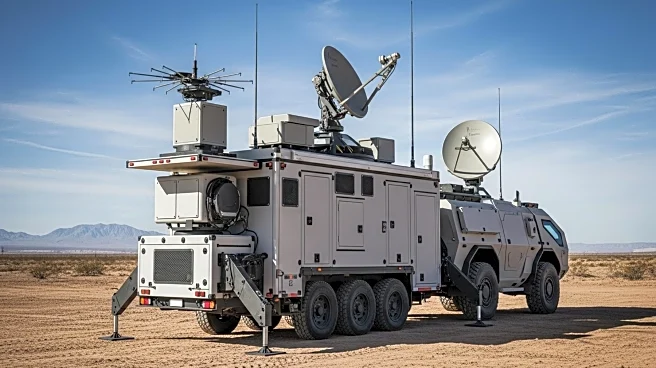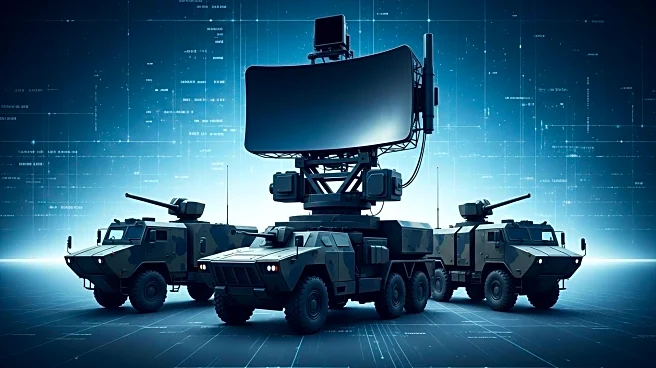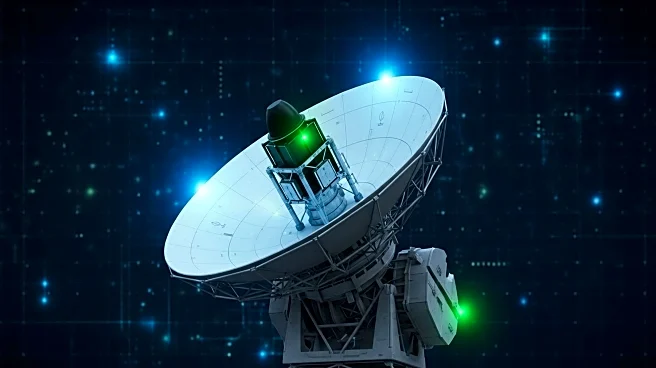What's Happening?
Sikorsky, a subsidiary of Lockheed Martin, has introduced the S-70 U-Hawk, an unmanned aircraft system prototype based on the UH-60L Black Hawk, at the Association of the United States Army's annual symposium in Washington, DC. The U-Hawk features significant modifications, including the removal of the cockpit and crew stations, and the addition of clamshell doors for enhanced cargo loading capabilities. The aircraft is designed to carry up to 10,000 pounds of combined internal and external cargo, and includes a launch effects quiver for deploying unmanned ground vehicles and other mission support operations.
Why It's Important?
The unveiling of the S-70 U-Hawk represents a significant advancement in unmanned aircraft technology, offering increased cargo capacity and operational flexibility for military logistics and mission support. This development aligns with the U.S. Army's focus on enhancing its unmanned capabilities to improve readiness and national security. The U-Hawk's ability to transport unmanned ground vehicles and other equipment could streamline logistics operations and reduce the need for human intervention in potentially hazardous environments, thereby enhancing safety and efficiency.
What's Next?
As Sikorsky continues to develop the U-Hawk, the U.S. Army and other defense stakeholders will likely evaluate its performance and potential applications in various military operations. The integration of unmanned systems into existing military frameworks may lead to further innovations in autonomous technology and logistics solutions. Additionally, the success of the U-Hawk could influence future procurement decisions and strategic planning within the defense sector.
Beyond the Headlines
The introduction of the U-Hawk highlights the growing trend towards automation and unmanned systems in defense operations. This shift may raise ethical and legal considerations regarding the use of autonomous technology in warfare, prompting discussions on regulations and oversight to ensure responsible deployment.
